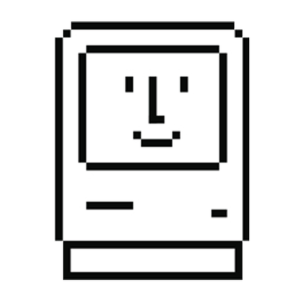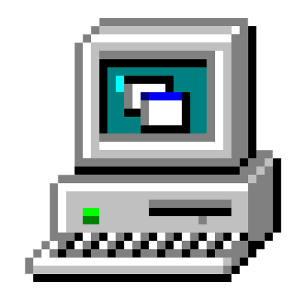Beginning at the end is the ultimate shortcut. Go for it.
- 1440Johannes Gutenberg invents the printing press. Depending on whom you ask, monks either hated this development or they were totally monk-like about the whole thing. Gutenberg does his best to fit in.

- 1575Francesco Rampazzetto develops the “Scrittura Tattile.” The machine could impress letters onto paper, but no one is impressed by the visual evidence because it happens around 260 years before the first camera is ready to take a picture.
- 1715Henry Mill comes up with a “Machine for Transcribing Letters.” The charming patent was approved by Queen Anne herself:
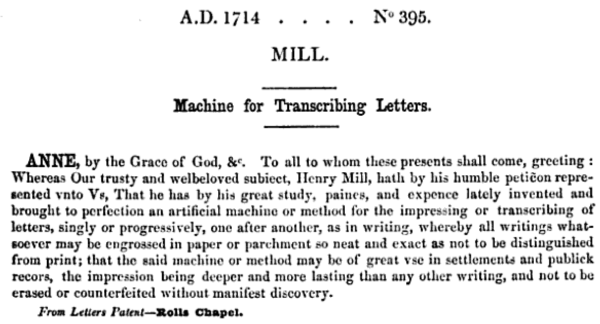
Althovgh the spelling looks ovtdated to vs in hindsight, Henry wovld probably admit that being able to jvst completely skip several keys helped spare him some amovnt of paine and expence while developing the prototype.
- 1802-1861Fueled by a shared hatred of their own handwriting, Agostino Fantoni, Pellegrino Turri, Pietro Conti di Cilavegna, William Austin Burt, Charles Thurber, Giuseppe Ravizza, and Father Francisco João de Azevedo each invent different “typewriters” (a term which doesn’t even exist yet).
The various disputed claims over which one counts as “the first” are still hotly contested to this day – just one of many things that people can endlessly argue about using modern variations of their inventions.
- 1865Rasmus Malling-Hansen creates the Hansen Writing Ball. Among other impressive technical achievements, the ball is notable for being the only keyboard ever made that cats have no interest whatsoever in using as a sleeping surface.
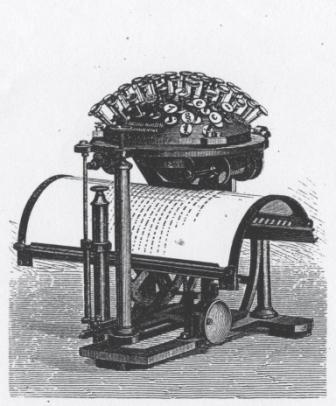
- 1873E. Remington and Sons, a manufacturer of guns and sewing machines, begins making the Sholes and Glidden typewriter. For the first time in history, people can stitch fabric, inflict damage that requires stitches, and stitch together sentences like “sorry for accidentally shooting a hole in your curtain” using products from a single company.
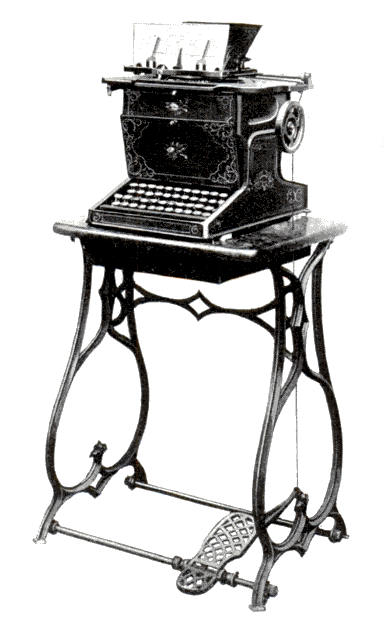
As seen above, the first iterations of this typewriter were equipped with a pedal instead of a carriage-return lever (what we now know as the “Enter” key). Operators could emphatically bring their foot down after writing a particularly powerful line, but Christopher Latham Sholes was not related to Dr. Scholl and his family didn’t receive any royalties when people injured their feet while doing this.
- 1878The shift key lives up to its name and changes the direction of every future keyboard.
- 1914The typewriter goes electric. When Bob Dylan does the same thing 51 years later, people get really upset.
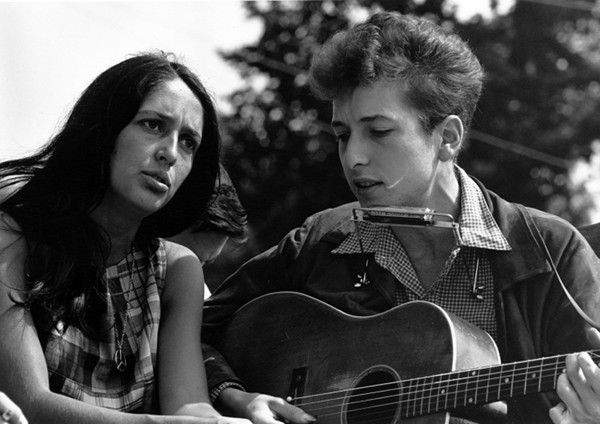
- 1931Long before MySpace made the practice popular again, the Vari-Typer electric typewriter gives people the ability to change the default font that their friends see when they read their status updates (but everyone just calls them letters).
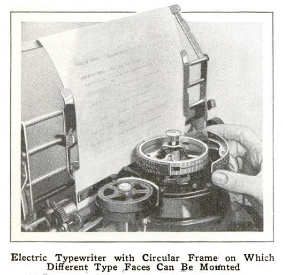
- 1936August Dvorak and William Dealey patent a keyboard layout that results in hundreds of thousands of the nerdiest broken New Year’s Eve resolutions every year. Shout out to everyone for whom the tradition endures in 2020.
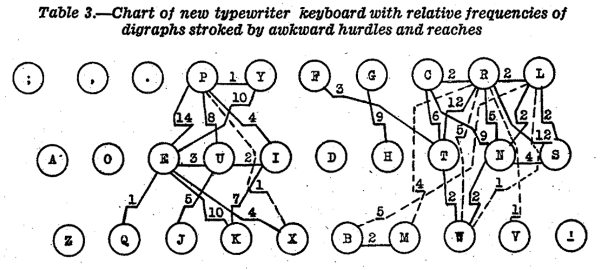
- 1961IBM inverts the Hansen Writing Ball concept and introduces a “typeball” on their Selectric typewriter. The resulting keyboard is 100% cat-compatible while still retaining a bit of that classic 1865-era roundness.

- 1979WordPerfect and other word processors for personal computers begin to accelerate the decline of traditional typewriters, but they also expose more people to “desktop keyboard shortcuts” – a concept that they may find useful later.
- 1987Mavis Beacon teaches typing, and Mavis Beacon also teaches students to develop a healthy level of skepticism (along with just a hint of sadness) when they find out that she isn’t real. The truest teacher is always yourself.
- 19XX-20XXLife is an endlessly cascading wave of discovery. Many people are born. Some of them later discover Signal Desktop and learn that it now includes comprehensive support for a wide variety of keyboard shortcuts.
With a renewed awareness of the magnitude of history, people print convenient reference cards for their favorite operating system and start sending and receiving messages more efficiently.
Ending up at the beginning is always a good way to (re)start. Go for it.

